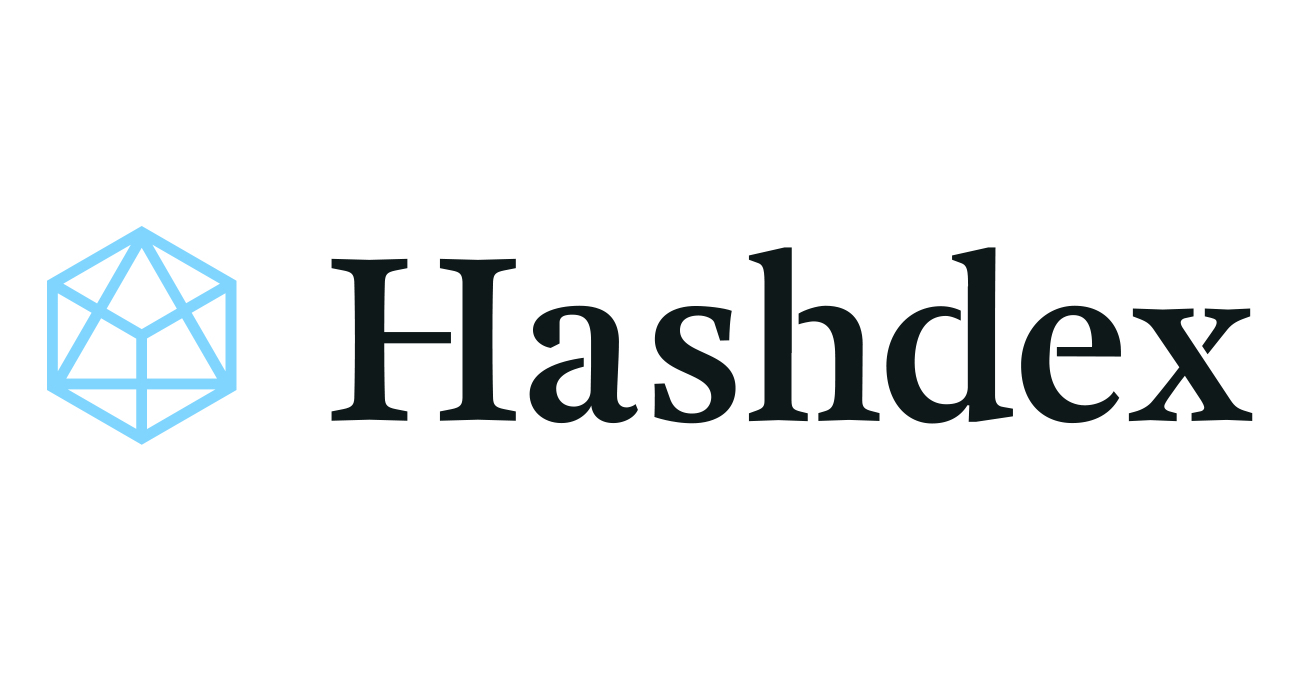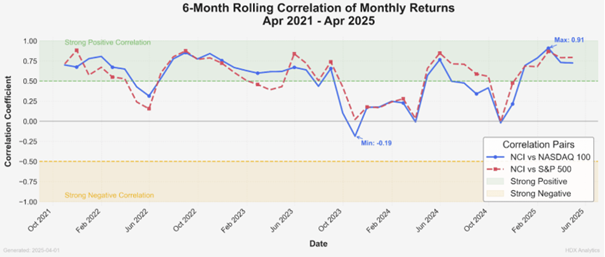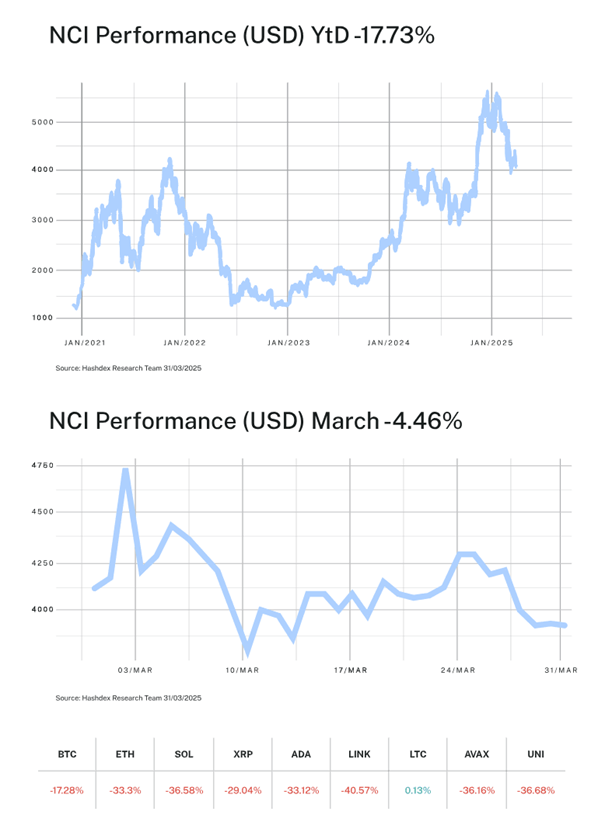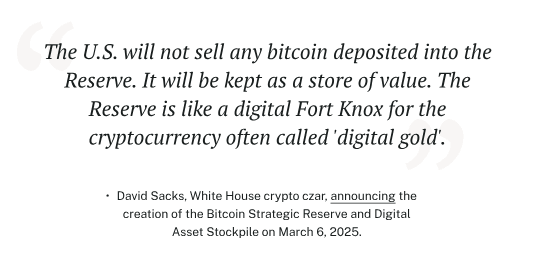Gold and Precious Metals Weakness to Rally: Gold Follows Rate Hike Pattern
Rate Increase and Political Uncertainty in U.S. are Primary Drivers in March
Expectations around the Federal Reserve’s (Fed) March 15 rate announcement were the principal drivers of the gold market in March. U.S. economic statistics have been somewhat positive recently, leading the market to expect the Fed to become more hawkish and to perhaps even guide for four rate increases in 2017 (one more than the Fed had announced in December). As a result, gold was weak ahead of the Fed’s rate decision, falling roughly $50 over two weeks to the $1,200 per ounce level. On March 15 when the Fed implemented its first 2017 rate hike as expected, it maintained its projection of only two more rate increases this year. Economic guidance also remained unchanged and Chair Janet Yellen said the Fed is willing to tolerate temporary inflation in order to overshoot its two percent target. The $1,200 per ounce gold price level held on the dovish Fed announcements and gold rallied to end the month with a small gain closing March at $1,249.35 per ounce.
Political activity in the U.S. was also supportive of gold. As we had expected, the market euphoria surrounding the November U.S. presidential election continues to dissipate. The Trump administration has suffered two strikes: the courts are blocking the implementation of new travel restrictions, and the House has blocked healthcare reform. In our opinion, these early defeats make it increasingly unlikely that the administration will be able to deliver on the expected pro-growth reforms that drove the market to new highs following the election. We believe one more strike could create a confidence crisis, which makes meaningful tax reform the next issue that will be vital for Trump’s presidency to gain some positive momentum.
The price trend for gold stocks mimicked gold bullion in March, for the most part. Both the NYSE Arca Gold Miners Index1(GDMNTR) and the MVIS™ Junior Gold Miners Index2 (MVGDXJTR) fell ahead of the March 15 Fed announcement and gained afterwards, but, unlike the metal, both gold stock indices ended the month with small losses overall.
Gold’s Before and After Rate Hike Pattern
The March 0.25% Fed rate increase was the third in this tightening cycle that began in December 2015. In all three instances, increasing pessimism in the gold market caused gold to fall to long-term or technical lows. This pessimism was caused by anticipation of rising real rates, a strong U.S. dollar, and faith in the Fed’s outlook for a strengthening economy. However, the economy has not been as robust as hoped and recently, rising inflation has caused real rates to fall. The Fed rate increase in December 2015 was a major turning point, marking the end of the historic 2011 – 2015 bear market for gold. A shift in sentiment also lead to gold rallies following the December 2016 and March 2017 rate hikes. Markets were irrationally causing the U.S. dollar to become overbought and gold to be oversold before each rate increase. Three times makes a pattern and if we have learned anything in our history of investing, it’s that trading patterns end once they are recognized. We will look for market sentiment, Fed behavior, or some other driver to help change the pattern when the Fed hikes rates again. The market expects the next possible rate hike at the June Federal Open Market Committee (FOMC) meeting.
The Current (More Rational) Market Bubble Could Pop on Growing Debt
The current economic expansion and bull market in stocks are among the longest on record. Such cycles do not last forever and we have commented in the past on the risks an economic downturn would bring to the financial system. While valuations for stocks and real estate are lofty, the level of mania that we had felt ahead of the tech bust (2001) or housing bubble (2008) has not materialized. Although the popularity of exchange traded funds (ETFs) and other passive investment vehicles could be seen as a form of mania, it is difficult to see anything happening in those vehicles that foreshadows a market crash. Perhaps, if there is to be a downturn, this time it will likely be more orderly than others in the recent past.
While economic downturns are not necessarily drivers for gold, since the subprime crisis of 2008-2009 the financial system has been in such a precarious state that even a mild recession could be financially devastating, thus ultimately benefitting gold and gold stocks. The difference in this cycle is, firstly, that sovereign debt globally is higher than it has ever been during peacetime and it continues to grow. The Congressional Budget Office’s (CBO) annual report shows the debt/GDP ratio3 has doubled since 2008 to 77% today and is forecasted to reach 150% in 2047. The CBO also forecasts debt service rising from 7% today to 21% in 2047. The budget deficit was not mentioned in President Trump’s February 28 speech to Congress. We believe no politician wants to seriously tackle the debt bubble for fear of getting voted out of office for raising taxes or cutting entitlements.
Recently we have seen that it appears politically impossible to implement the necessary reforms required to avoid insolvency or a systemic failure of the public healthcare insurance system. Social Security is yet another entitlement that appears to be heading toward insolvency. Gridlock reigns, which makes a debt crisis or another calamity a prerequisite to motivate those in Washington to act constructively. Such a crisis becomes much more likely in a recessionary economy.
The Fed’s three rate increases in this cycle amount to 75 basis points (0.25% on December 16, 2015; 0.25% on December 14, 2016; and 0.25% on March 15, 2017). U.S. rates remain far below historic norms and rates in other advanced economies are even lower. Quantitative easing did not work as well as planned. The Fed is holding trillions of dollars in U.S. Treasuries and mortgage-backed securities on its balance sheet and may have to resort to more radical policies to stimulate the economy in the next recession, which brings added financial risks.
Indications of a Late-Cycle Economy Are Increasing
Here are a number of signs of a late-cycle economy and market. Many of these were highlighted in recent Gluskin Sheff4 newsletters:
• At eight years, the S&P 500® Index5 is in its second longest bull market since 1928.
• With a 16.9% annualized gain, this is the third strongest S&P bull market since 1928.
• Despite stock market gains, GDP growth has expanded just 1.8% annually, versus 3.4% during the longest bull market, occurring from 1987 to 2000.
• 10 of the last 13 Fed hiking cycles ended with a recession.
• Price to Earnings multiples are in the top quintiles historically and the most expensive since the dot-com bubble (1995-2001).
• Margin debt is at all-time highs.
• Auto sales and loan delinquencies suggest automotive activity has peaked.
• A record 279 corporate insiders have sold stock so far this year.
• Initial jobless claims are at their cycle lows, typical historically in the waning months/years of expansions.
• Each of the seventeen Republican presidents since Ulysses S. Grant has experienced a recession within roughly two years of taking office.
Sentiment and Consumption: A Recession Precursor?
A recent Morgan Stanley report interestingly examines historical consumer confidence, as measured by the Conference Board Consumer Confidence Index,6 and personal consumption expenditures7 (PCE). The sentiment of consumers and businesses (soft data) has been trending higher, while data that tracks actual economic results (hard data) has stagnated. This chart is particularly compelling. Notice the divergence between the soft and hard data preceding the last three recessions. A similar divergence is happening now, as consumer confidence appears to have reached its highest level since the tech bust.
Divergence Between Sentiment and Consumption Precedes Recessions
(click to enlarge) Source: Bloomberg; Federal Reserve Bank of St. Louis; U.S. Bureau of Economic Analysis. Data as of February 28. 2017.
While we hope that President Trump is able to bring tax, regulatory, and other reforms that energize the U.S. economy, political headwinds and late cycle evidence suggest it is prudent for investors to begin to hedge against the financial pain that the next recession might bring.
by Joe Foster, Portfolio Manager and Strategist
With more than 30 years of gold industry experience, Foster began his gold career as a boots on the ground geologist, evaluating mining exploration and development projects. Foster is Portfolio Manager and Strategist for the Gold and Precious Metals strategy..
Please note that the information herein represents the opinion of the author and these opinions may change at any time and from time to time.
1NYSE Arca Gold Miners Index (GDMNTR) is a modified market capitalization-weighted index comprised of publicly traded companies involved primarily in the mining for gold.
2MVIS™ Global Junior Gold Miners Index (MVGDXJTR) is a rules-based, modified market capitalization-weighted, float-adjusted index comprised of a global universe of publicly traded small- and medium-capitalization companies that generate at least 50% of their revenues from gold and/or silver mining, hold real property that has the potential to produce at least 50% of the company’s revenue from gold or silver mining when developed, or primarily invest in gold or silver.
3In economics, the debt-to-GDP ratio is the ratio between a country’s government debt (a cumulative amount) and its gross domestic product (GDP) (measured in years). A low debt-to-GDP ratio indicates an economy that produces and sells goods and services sufficient to pay back debts without incurring further debt.
4Gluskin Sheff + Associates Inc., a Canadian independent wealth management firm, manages investment portfolios for high net worth investors, including entrepreneurs, professionals, family trusts, private charitable foundations, and estates.
5The S&P 500® Index (SPX) consists of 500 widely held common stocks, covering four broad sectors (industrials, utilities, financial, and transportation).
6The Conference Board Consumer Confidence Index® is an indicator designed to measure consumer confidence, which is defined as the degree of optimism on the state of the economy that consumers are expressing through their activities of savings and spending.
7Personal consumption expenditures (PCE) is the primary measure of consumer spending on goods and services in the U.S. economy. It accounts for about two-thirds of domestic final spending, and thus it is the primary engine that drives future economic growth.
Important Disclosures
This commentary originates from VanEck Associates Corporation (“VanEck”) and does not constitute an offer to sell or solicitation to buy any security.

 Nyheter2 veckor sedan
Nyheter2 veckor sedan
 Nyheter4 veckor sedan
Nyheter4 veckor sedan
 Nyheter2 veckor sedan
Nyheter2 veckor sedan
 Nyheter3 veckor sedan
Nyheter3 veckor sedan
 Nyheter4 veckor sedan
Nyheter4 veckor sedan
 Nyheter5 dagar sedan
Nyheter5 dagar sedan
 Nyheter2 veckor sedan
Nyheter2 veckor sedan
 Nyheter2 veckor sedan
Nyheter2 veckor sedan


























